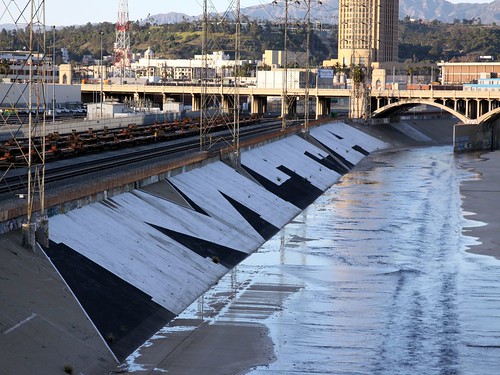Also from this morning’s paper, a brief report (business model, ad/sub yada) on yesterday’s Middle Rio Grande Water Assembly meeting. I tried to balance the progress made on water conservation with the grim message I’ve been pushing in my recent work on this regarding the supply-demand deficit in New Mexico’s heavily populated middle valley:
Water users along the Middle Rio Grande have made major strides in responding to our water deficit, experts said during a meeting Saturday in Albuquerque. But there is much more to be done if we are to avoid long-term problems because of our continued unsustainable water use, they said.
“We need to do more,” said Steve Hansen, a staff member of the U.S. Bureau of Reclamation and one of the founders of the Middle Rio Grande Water Assembly.
I’m curious whether y’all think “sustainable” is a good word here. Its plain English meaning is relatively straighforward, and it clearly applies here: the numbers show that we’re using more water each year than nature supplies, depleting ancient reserves in the process. But has “sustainable” acquired fuzzy baggage, a political context that has moved its connotations beyond its plain English meaning in a way that weakens its ability to make a straightforward point?


